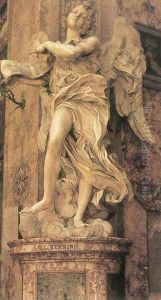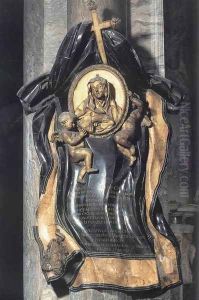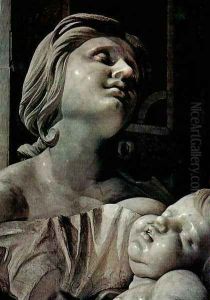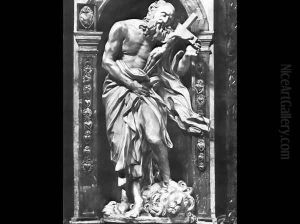Gian Lorenzo Bernini Paintings
Gian Lorenzo Bernini was an Italian artist and a quintessential figure of the Baroque period. Born on December 7, 1598, in Naples, Bernini was raised in Rome and showed early artistic talent. His father, Pietro Bernini, a Mannerist sculptor from Florence, provided his initial training. Gian Lorenzo swiftly surpassed his father's abilities and came to the attention of Cardinal Scipione Borghese, an influential patron of the arts.
Bernini's works are characterized by their dynamic movement, emotional intensity, and dramatic use of light and shadow, which were innovative at the time and helped define the Baroque aesthetic. His ability to sculpt marble into seemingly soft and living flesh was unmatched, and his architectural designs contributed significantly to the look of seventeenth-century Rome.
During his prolific career, Bernini created some of the most iconic sculptures, including 'Apollo and Daphne,' 'The Rape of Proserpina,' and 'David,' all of which demonstrate his virtuosic handling of marble and his understanding of human emotion and physicality. He was also a leading architect and is widely known for designing the piazza and colonnades in front of St. Peter's Basilica in Vatican City.
Bernini's influence extended beyond sculpture and architecture. He was also a painter, though his paintings are less well-known, and a stage designer, bringing his dramatic flair to the production of plays and operas. His work as an architect included the design of palaces, chapels, and fountains, the most famous being the Fountain of the Four Rivers in Rome's Piazza Navona.
Despite facing competition from other prominent artists of the time, such as Francesco Borromini and Pietro da Cortona, Bernini maintained a dominant position in the arts throughout his life. His patrons included popes, kings, and various members of the European aristocracy. After a long and distinguished career, Bernini died in Rome on November 28, 1680. His legacy endures in his diverse body of work, which continues to be studied and admired for its creativity and mastery of the Baroque style.
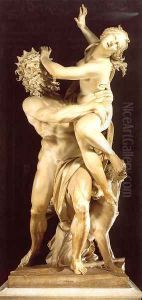
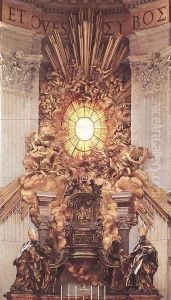
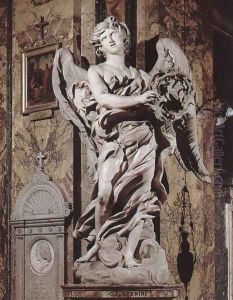
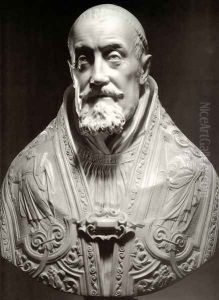
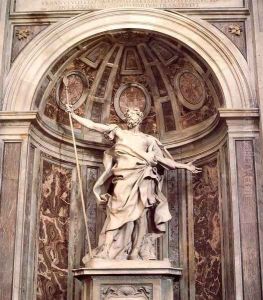
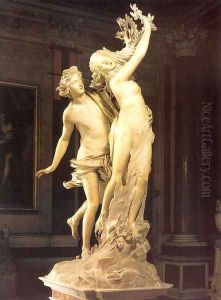
![Apollo and Daphne [detail]](https://www.niceartgallery.com/imgs/113207/s/gian-lorenzo-bernini-apollo-and-daphne-detail-355147c2.jpg)
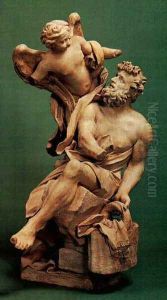
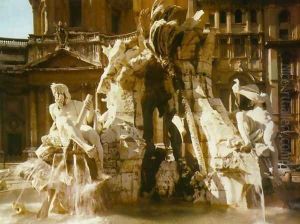
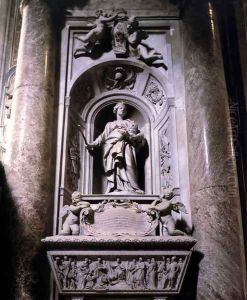
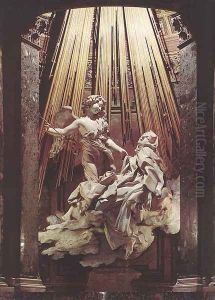
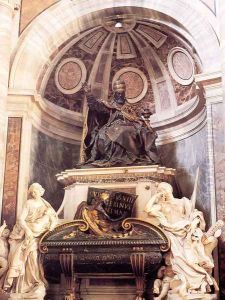
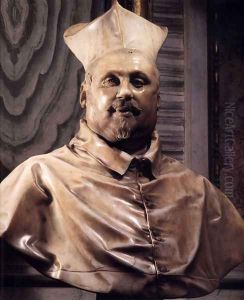
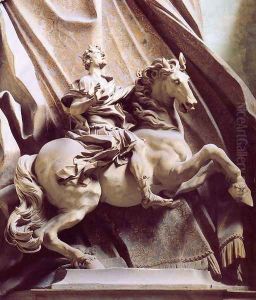
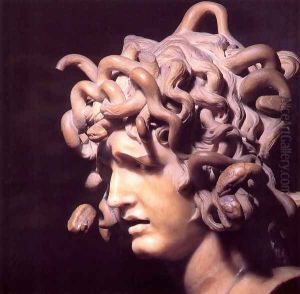
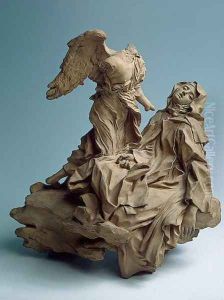
![The Ecstasy of Saint Teresa [detail]](https://www.niceartgallery.com/imgs/113196/s/gian-lorenzo-bernini-the-ecstasy-of-saint-teresa-detail-6111a88d.jpg)
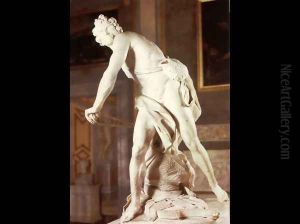
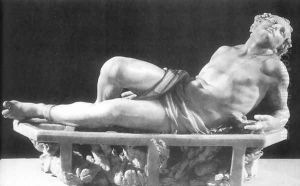
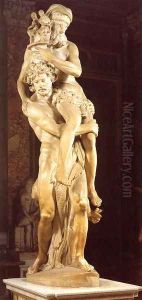
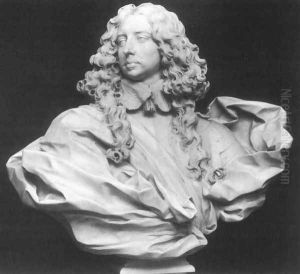
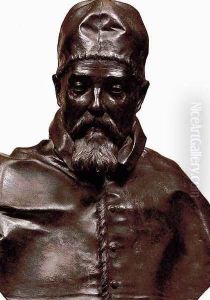
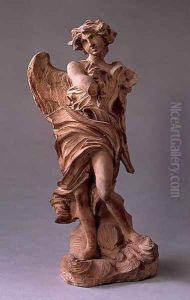
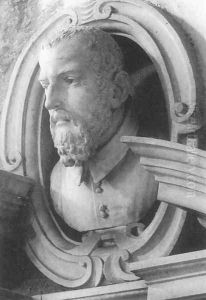
![Tomb of Pope Alexander VII [detail]](https://www.niceartgallery.com/imgs/113229/s/gian-lorenzo-bernini-tomb-of-pope-alexander-vii-detail-6be227d8.jpg)
![Tomb of Pope Urban VIII [detail] I](https://www.niceartgallery.com/imgs/113228/s/gian-lorenzo-bernini-tomb-of-pope-urban-viii-detail-i-bc00a780.jpg)
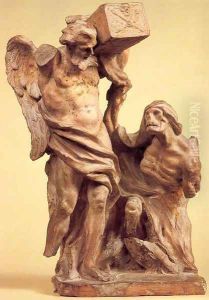
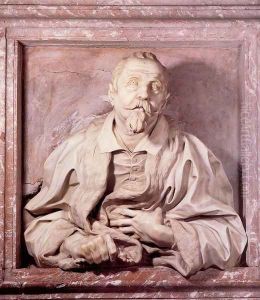
![The Chair of Saint Peter [detail] (or The Glory)](https://www.niceartgallery.com/imgs/113236/s/gian-lorenzo-bernini-the-chair-of-saint-peter-detail-or-the-glory-4d1a8a50.jpg)
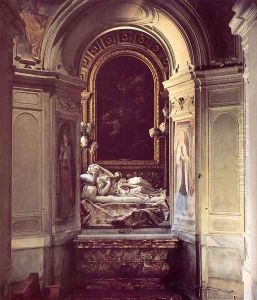
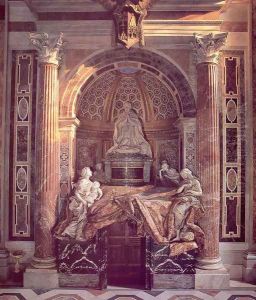
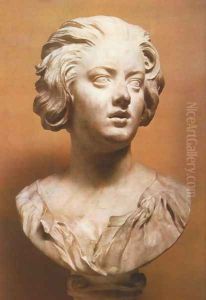
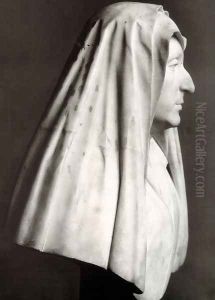
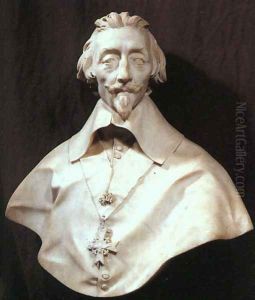
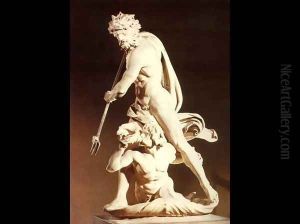

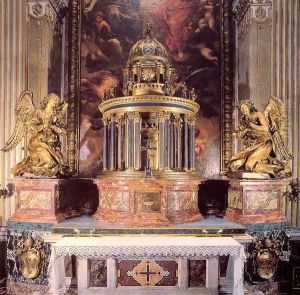
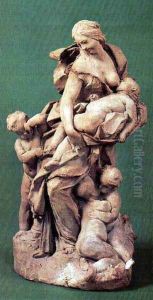
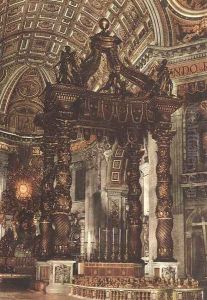
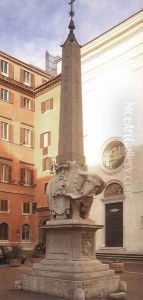
![The Blessed Lodovica Albertoni [detail]](https://www.niceartgallery.com/imgs/113247/s/gian-lorenzo-bernini-the-blessed-lodovica-albertoni-detail-7bbcac9b.jpg)
![Altar of the Cappella del Sacramento [detail]](https://www.niceartgallery.com/imgs/113249/s/gian-lorenzo-bernini-altar-of-the-cappella-del-sacramento-detail-efc1ba0d.jpg)
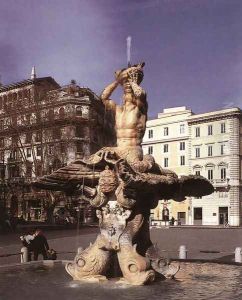
![Apollo and Daphne [detail: 3]](https://www.niceartgallery.com/imgs/113274/s/gian-lorenzo-bernini-apollo-and-daphne-detail-3-774367f8.jpg)

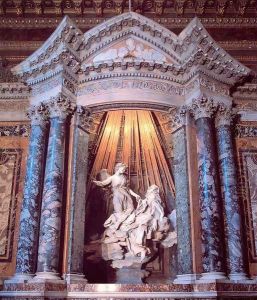
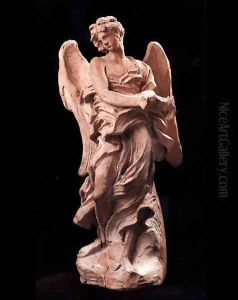
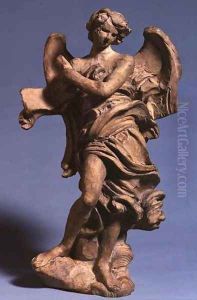
![Saint Sebastian [detail]](https://www.niceartgallery.com/imgs/113258/s/gian-lorenzo-bernini-saint-sebastian-detail-5d440113.jpg)
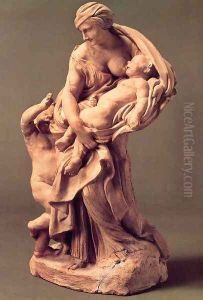
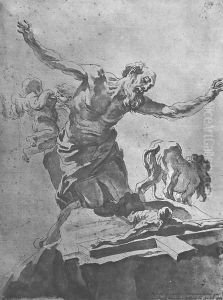
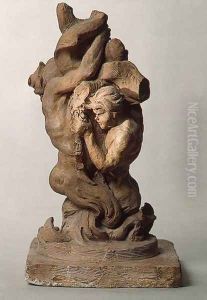
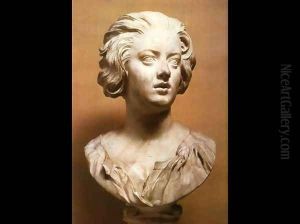

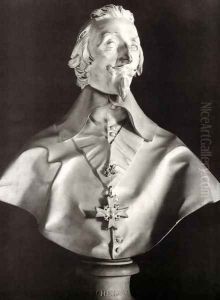
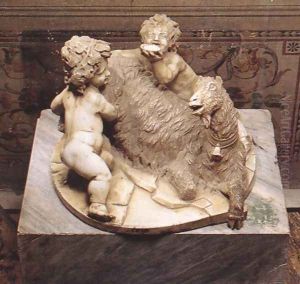
![Aeneas, Anchises, and Ascanius [detail: 1]](https://www.niceartgallery.com/imgs/113244/s/gian-lorenzo-bernini-aeneas-anchises-and-ascanius-detail-1-d8ea2a32.jpg)
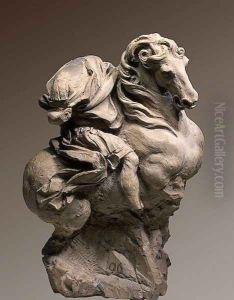
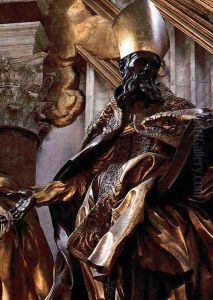

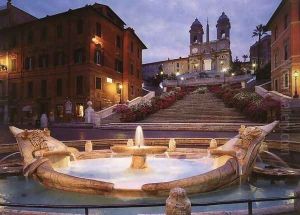
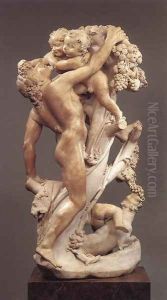
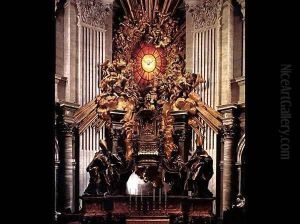
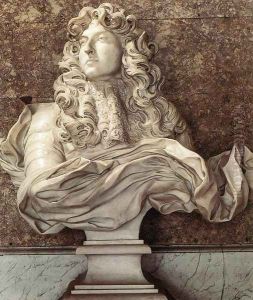
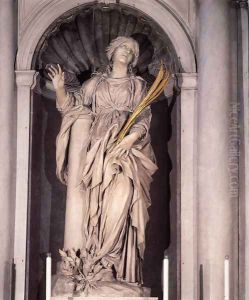
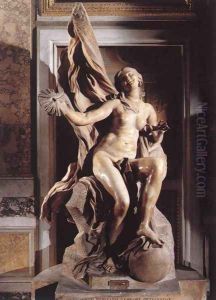
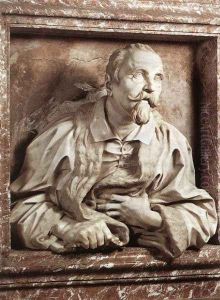
![Sant' Agnese [detail #1] (St Agnes)](https://www.niceartgallery.com/imgs/113265/s/gian-lorenzo-bernini-sant-agnese-detail-1-st-agnes-c5c6dce6.jpg)
